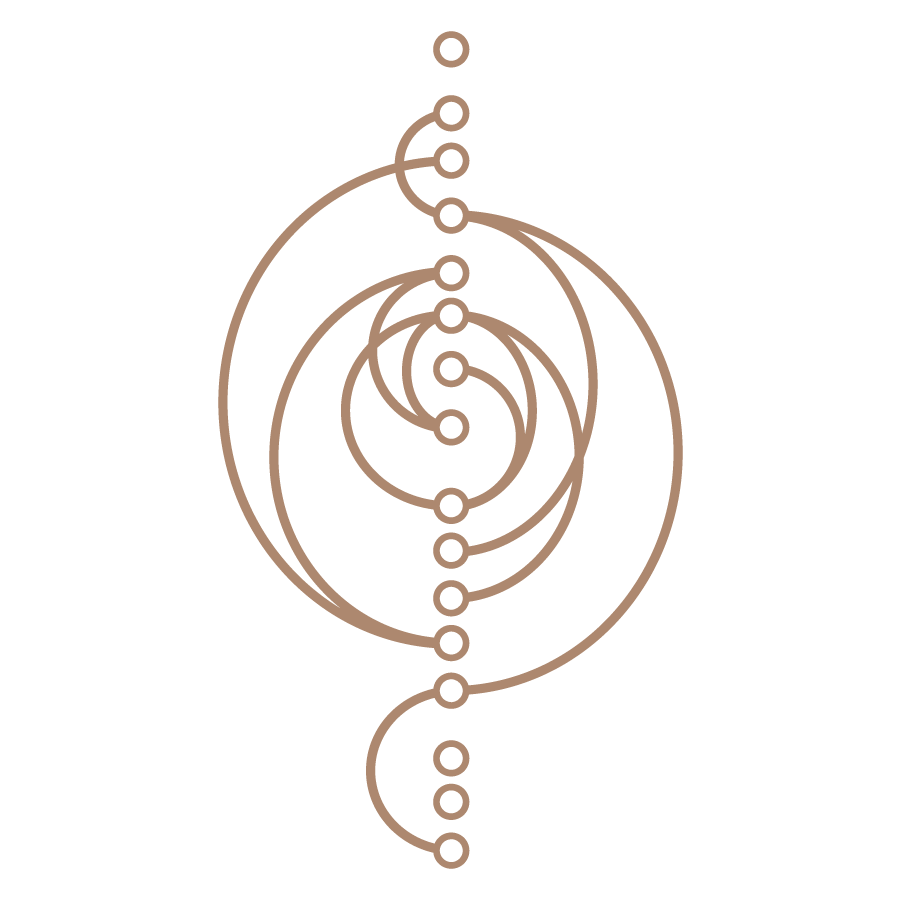Pilates for Rehabilitation
We like to think of Pilates as a powerful form of “pre-rehab” to iron out imbalances in our bodies before they lead to injury. If we do become injured, Pilates helps address underlying maladaptive movement patterns so we can recover more fully from an overuse or misuse injury. We recommend working with an instructor in a private setting at first to assess the situation and any challenges that may be the result of an injury.
DAILY WEAR AND TEAR
So many of our body’s aches and pains are brought on by daily wear and tear on our joints and tissues. Whether they result from poor posture, muscular imbalance or disorganized movement, we all experience pain or discomfort signals throughout our lives. Unfortunately, we often ignore these messages from our bodies and they develop into overuse or misuse injuries that require a visit to a medical professional.
While treating the injury itself through these medical visits may reduce the pain or discomfort, the underlying issue that caused the injury in the first place (i.e. posture, movement pattern, muscular imbalance, etc.) still exists and the injury simply reoccurs.
PILATES AT STREAMLINE
The Pilates exercises we teach at Streamline strengthen your core (or powerhouse) for more supported movement, help lengthen tissues that are tight and short, and ultimately bring you awareness of how you move through space so you maintain optimal alignment.
While we never suggest Pilates as a replacement to seeing your doctor for a serious injury or condition, many Physical Therapists and Orthopedists work hand in hand with Pilates instructors to help their patients recover more successfully. In Pilates-based physical therapy you can learn everything from Pilates exercises for shoulder pain, Pilates stretches for low back pain relief, to Pilates core strengthening exercises for back pain in a single session. We also work with many athletes who use Pilates for sports injury prevention and cross training.
A LIST OF COMMON INJURIES THAT PILATES CAN HELP ADDRESS THROUGH THERAPEUTIC MOVEMENT:
- Spinal compression (including spinal cord compression, spinal nerve compression, spinal disc compression, cervical spine compression, etc.)
- Hip pain (including hip replacements, hip bursitis, SI joint dysfunction, hip arthritis, piriformis syndrome)
- Lower back pain (including sciatica, lumbar bulging disc, lumbar herniated disc, lumbar spinal cord compression, lumbar stenosis, lumbar arthritis, spinal instability)
- Upper back pain (including thoracic spinal cord compression, herniated or degenerative discs, kyphosis, scoliosis)
- Neck pain (including tension headaches, cervicogenic migraines, cervical disc issues, cervical spondylosis, cervical arthritis, cervical stenosis, neck tension, neck stiffness)
- Shoulder pain (including shoulder impingement, rotator cuff tendinitis, shoulder joint arthritis, biceps tendinitis, AC joint issues, scapular dysfunction)
- Knee pain (including runner’s knee, IT band syndrome, patellofemoral pain syndrome, knee osteoarthritis, bowlegs, knock-knee or genu valgum)
- Foot and ankle pain (including ankle instability, ankle stiffness, chronic ankle sprains, balance issues, foot/ankle arthritis, calf strain, achilles tendinitis, plantar fasciitis, peroneal tendonitis, neuroma)

